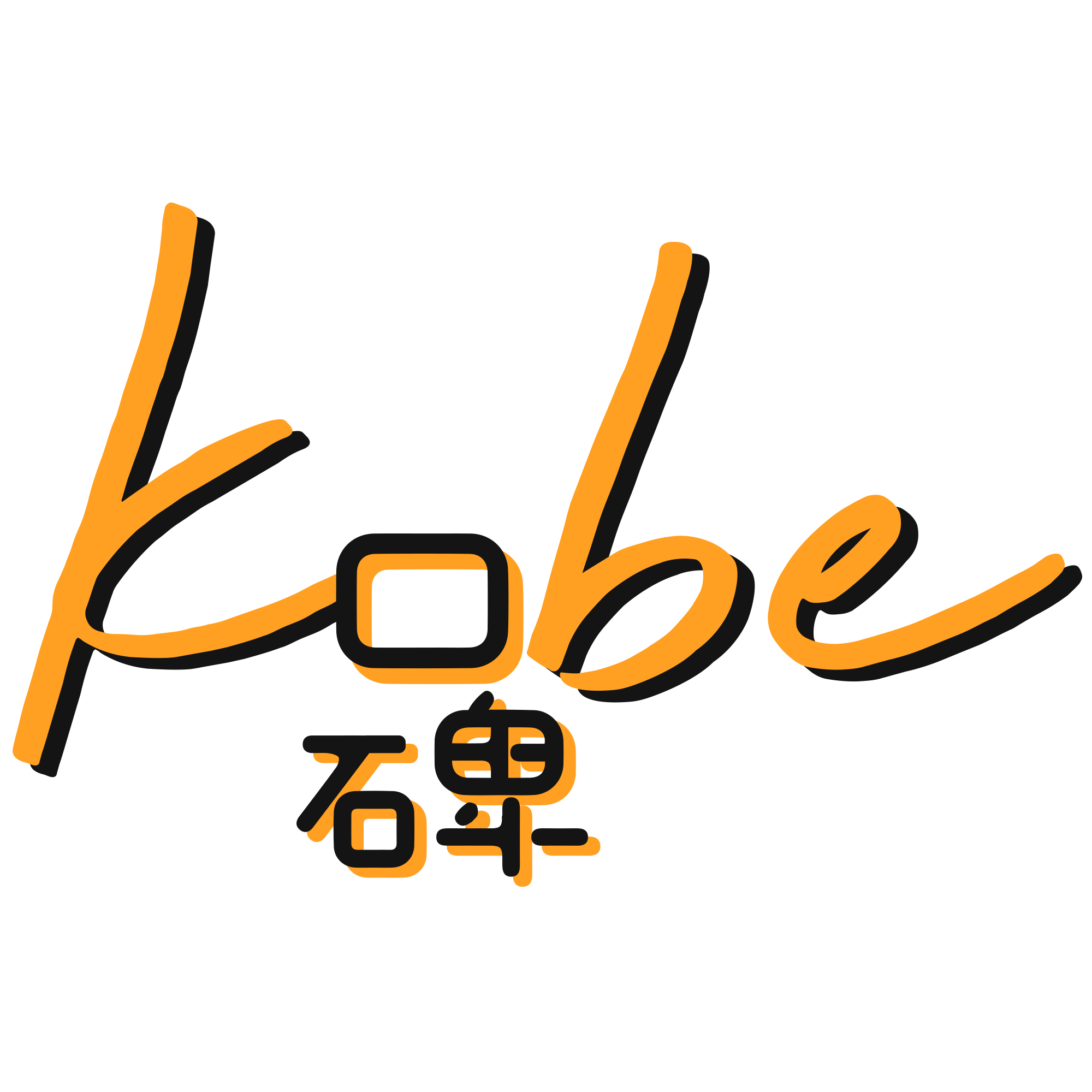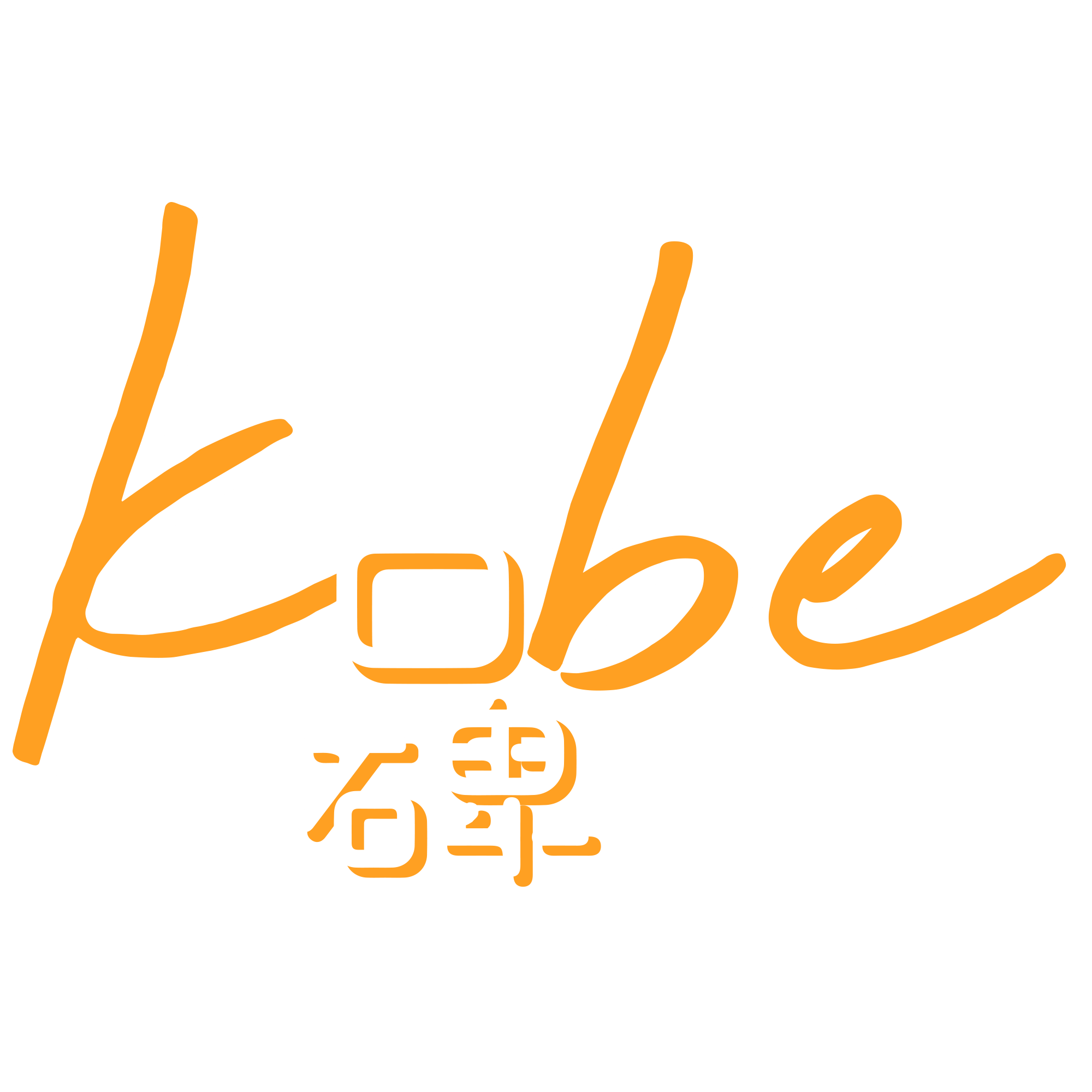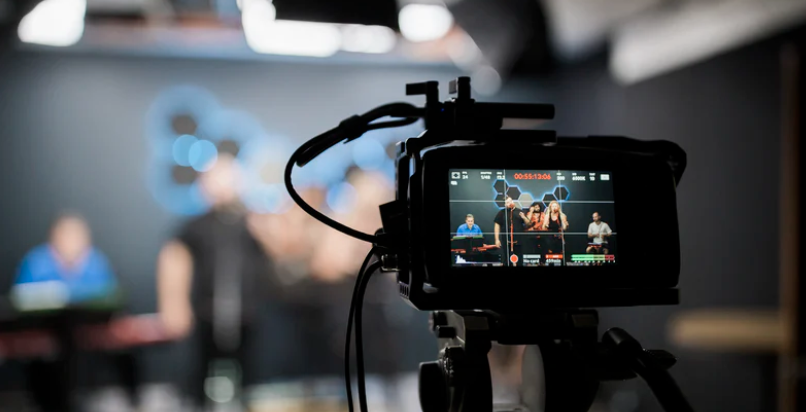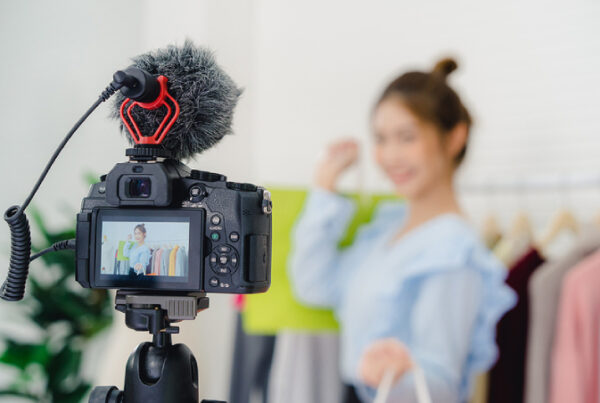Have you wondered what is live shopping? In the comparison of eCommerce and traditional shopping, eCommerce has been seen as the alternative that allows us to complete our shopping in a fast and efficient way – albeit at the cost of tangible experience of shopping in real life. However, this statement no longer holds. With the advancement of live shopping, the consumer experience of shopping in real life is easily recreated online.
In fact, live shopping has gained prominence in the recent year. After all, the pandemic has led to the closure of brick and mortar stores all around the globe. In that period of time, consumers got used to buying online – from groceries to clothes and electronics, the pick up of Ecommerce was accelerated. At the same time, to recreate in-store shopping experiences, many marketers took to live shopping.
What exactly is live shopping then? Live shopping is associated with the ability to “see now and buy now”. It often involves the use of live streams on different platforms. For completeness sake, we have given a brief background of the different points of sale.
Traditional commerce refers to shopping at stores.
eCommerce refers to making sales on your brand’s website.
Lastly, social commerce is selling on social media platforms like Facebook, Instagram or Twitter.
eCommerce is often confused for social commerce. However, there exist nuances between the two categories. The main difference is in the type of platform used. eCommerce would tap into a brand’s website while social commerce taps onto social media platforms. The network used would have repercussions on the type of users and audience. In general, due to the nature of social media, social commerce is directed at a larger group of people, mainly social media users.
As its name suggests, the biggest perk of live shopping would be the ability for users to it live, in real-time. Some characteristics of live shopping would include the ability to make immediate purchases after while watching the live stream that gives a description of the product.
Other features such as having a Q&A online through the comments section of the live stream also helps resolve any questions one might have in the purchase of a product. Lastly, live shopping also creates a scarcity effect. The decrease in the availability of products and deals as a Livestream continues can create a sense of urgency to act now or risk losing the deal. These reasons add up to explain the increase in the popularity of live selling.
Both eCommerce and social commerce have incorporated live selling. Examples of live selling in eCommerce would include LazLive, Shoppee Live and Taobao Live. These are the online shopping platforms that have incorporated live streams into their respective platforms. Social commerce has also incorporated live selling in its marketing mix. You might be familiar with platforms like Instagram, Facebook and TikTok. These platforms are some of the social media platforms with inbuilt Livestream functions that can be potentially tapped into for live selling. Our focus today will be on online selling in relation to social commerce.
Steps to an effective live selling campaign: step #1. Finding the right influencer

A big part of any live selling event would be the person hosting the event. Given that social commerce is commerce directed at social media users, who better to collaborate with than social media influencers? After all, social media influencers are well versed with the likes and dislikes of social media users. They have the ability to determine the type of content that will draw eyeballs. Therefore, choosing an influencer the live stream will likely be the right choice.
That being said, the best-fit influencer might not be the most popular one. Choosing the right influencer to help with online selling involves weighing several factors. One of these factors includes relevancy. Is the influencer relevant to your brand? Does the influencer have an image that is similar to your brand image? Is the type of audience that your influencer tends to attract similar to your brand’s target group? These are questions that can determine the influencer you should work with.
Additionally, you should think of different ways to go about content creation. For instance, getting an influencer to introduce the characteristics of the product on live streams can be a great method for online selling. However, other ways such as testing out the product, or giving their personal review are alternatives you can consider.
Steps to an effective live selling campaign: step #2. Finding the right platform
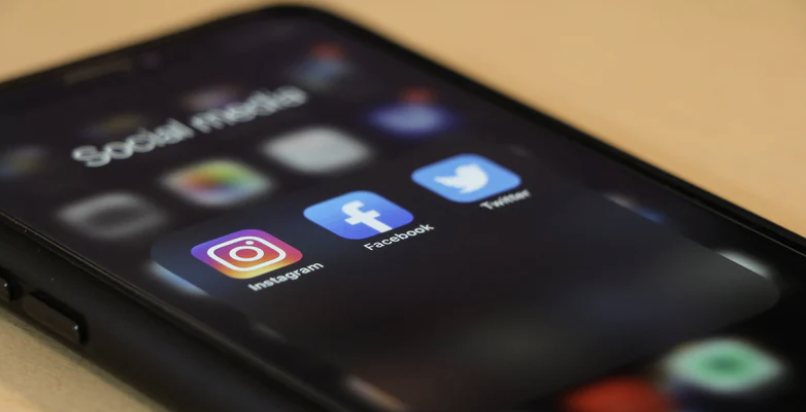
Apart from the most relevant influencer, you should also find the platform that is most relevant to your brand and the message you wish to convey. After all, the type of platform would determine the audience of your social selling campaign.
To determine the type of platform you should use, consider the offerings of your brand. Are you a Business-to-business (B2B) brand or a Business-to-consumer (B2C) brand? If businesses are your target audiences, then choosing a platform like Linkedin will be suitable. On the other hand, if regular consumers are your target audiences, platforms like Instagram or Facebook can be tapped into.
Additionally, you can ask about the type of platform your target audience is likely to use. For instance, if your brand is targeting Gen Zs, platforms like TikTok that are popular with the Gen Zs should be considered.
Steps to an effective live selling campaign: step #3. Collaboration is key

In the process of live selling, there is no rule that only one influencer can be chosen. Therefore, do engage other influencers when needed. In doing so, the combined strengths of each influencer can create a successful live selling event.
Certain influencers have a demographic group that is rather specific. For instance, the following of a luxury watch influencer would likely consist of watch enthusiasts. However, if your product if you are selling a general or versatile product – Ffor instance, if you were to sell a table, tapping into different influencers can ensure that the product is marketed to different groups of audiences.
Steps to an effective live selling campaign: step #4. The element of surprise
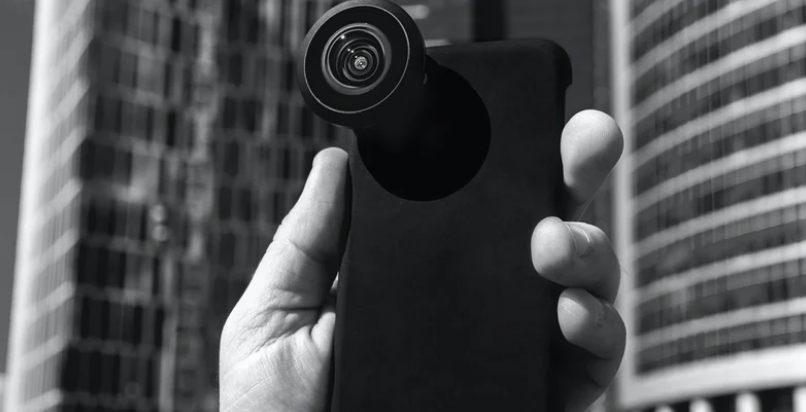
Lastly, a great way to spice up a live selling event would be the use of ‘surprises’. This can take on the form of a giveaway, a specific product launch or even a mystery influencer host. This will create excitement even before your event occurs on social media. Generating buzz prior to the actual event is a great way to ensure the success of any selling event. There is also the additional benefitting of enticing your views to continue watching the live stream!
